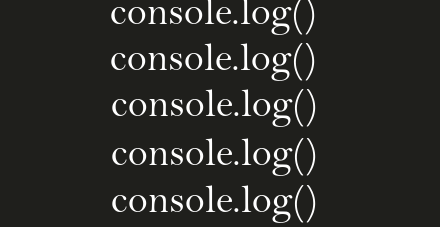Geometric Transformation using OpenCV
Many of the transforamtions use Matrices as input (Computer Graphics students may already know this). Here in OpenCV we have different functions available to create those matrices.
Perspective Transformation
We need 4 points on the input image and corresponding 4 points on the output image
let these be points on input [(a,b),(a1,b1),(a2,b2),(a3,b3)] and these will be ouput points
[(x,y),(x1,y1),(x2,y2),(x3,y3)]
the point (a,b) will be placed in position (x,y) in output image
getPerspectiveTransform will create a matrix for us using those points
Matrix = cv2.getPerspectiveTransform(pts1,pts2)
Now apply this Matrix to image using warpPerspective
Document scanners use this perspective
output = cv2.warpPerspective(image,M,(500,500))
Affine Transformation
All parallel lines in the original image will still be parallel in the output image.
To find the transformation matrix, we need three points from input image and their corresponding locations in output image
getAffineTransform will create a matrix for us.
Matrix = cv2.getAffineTransform(pts1,pts2)
output = cv2.warpAffine(img,Matrix,(width,height))
cv2.warpAffine(input_image,Transformation_Matrix,outputImageSize))
Note: output image size will be in the form of (width,height)
Rotation
getRotationMatrix2D will create Rotation Matrix
rotationMatrix=cv2.getRotationMatrix2D(center=(height/2,width/2),angle=45,scale=1)
o1=cv2.warpAffine(image,rotationMatrix,(width,height))
Scaling
We can scale images using resize function by adding interpolation
cv2.INTER_AREA for shrinking and cv2.INTER_CUBIC (slow) & cv2.INTER_LINEAR for zooming
res = cv2.resize(img,(width,height), fx=None,fy=None,interpolation = cv2.INTER_CUBIC)
or you can mention scaling factor manually
- fx- horizontal scaling factor
- fy- vertical scaling factor




